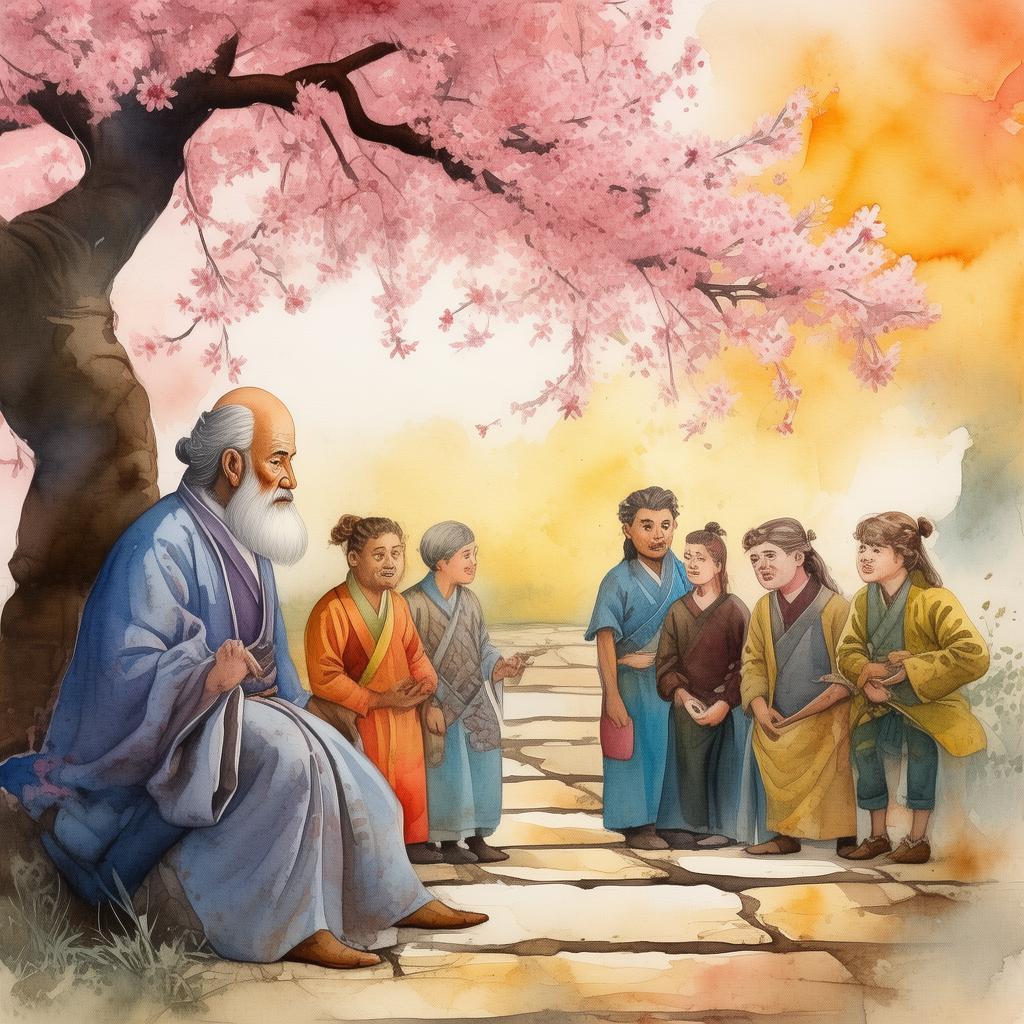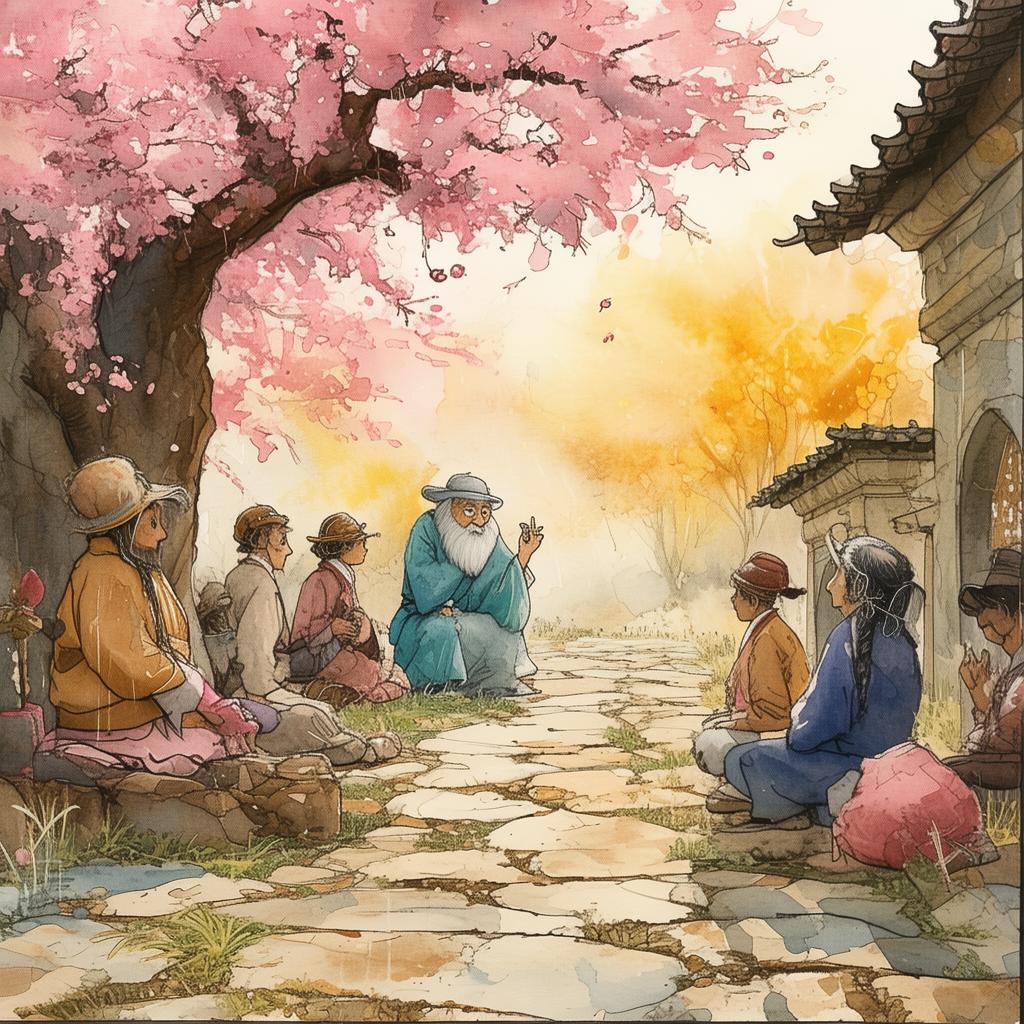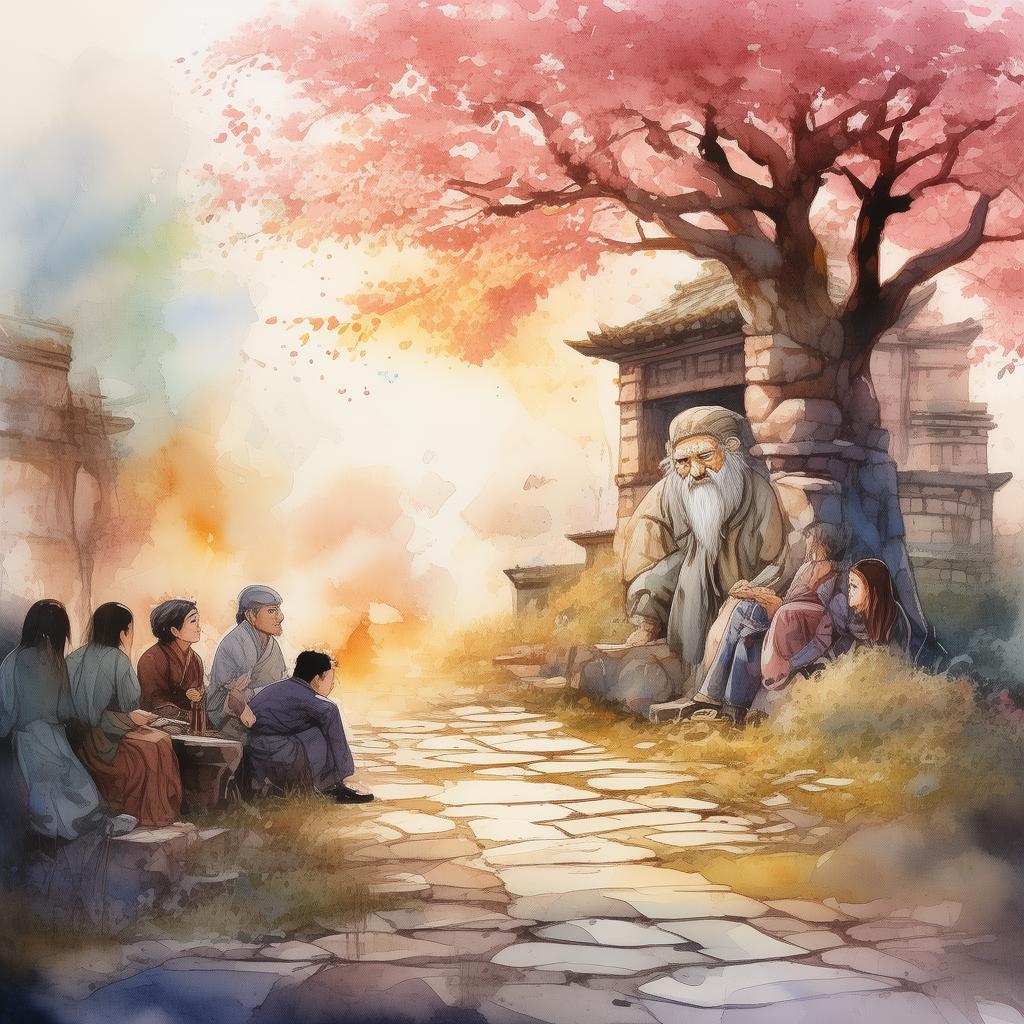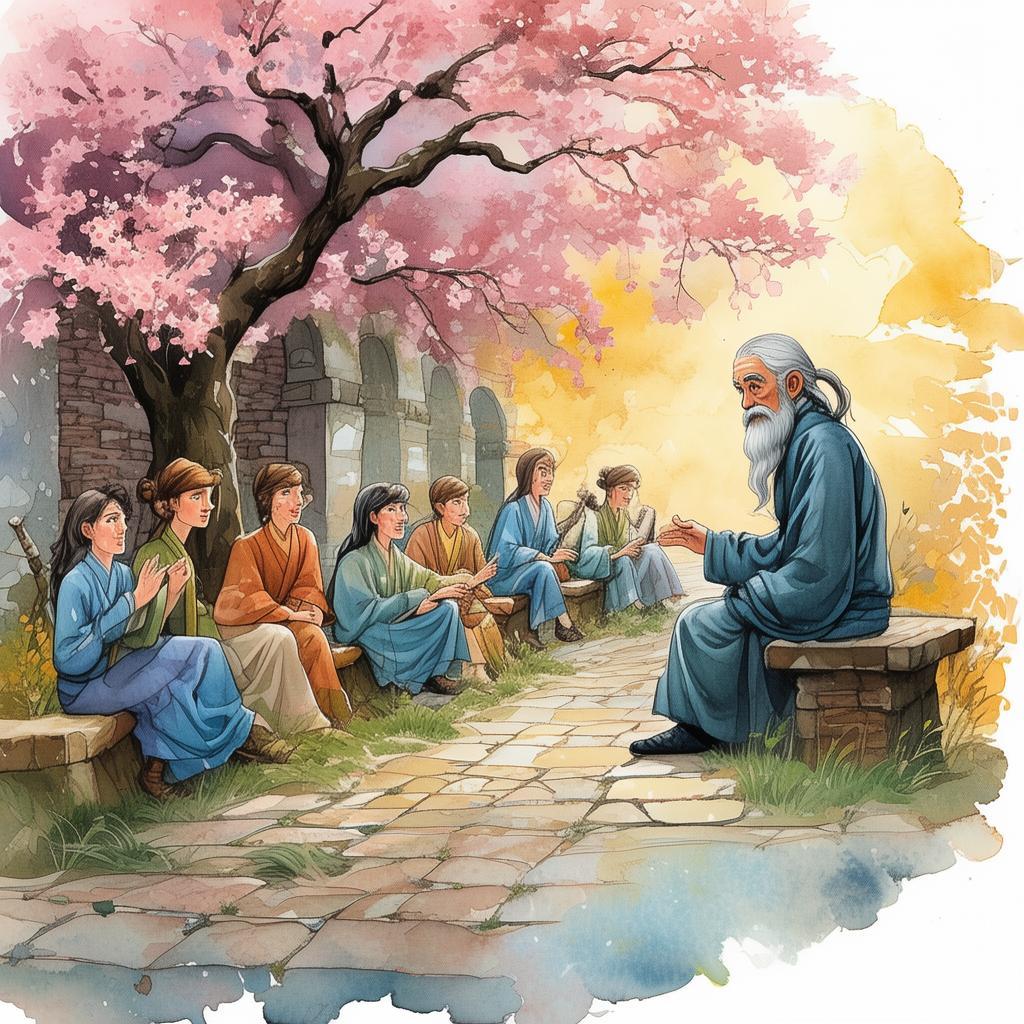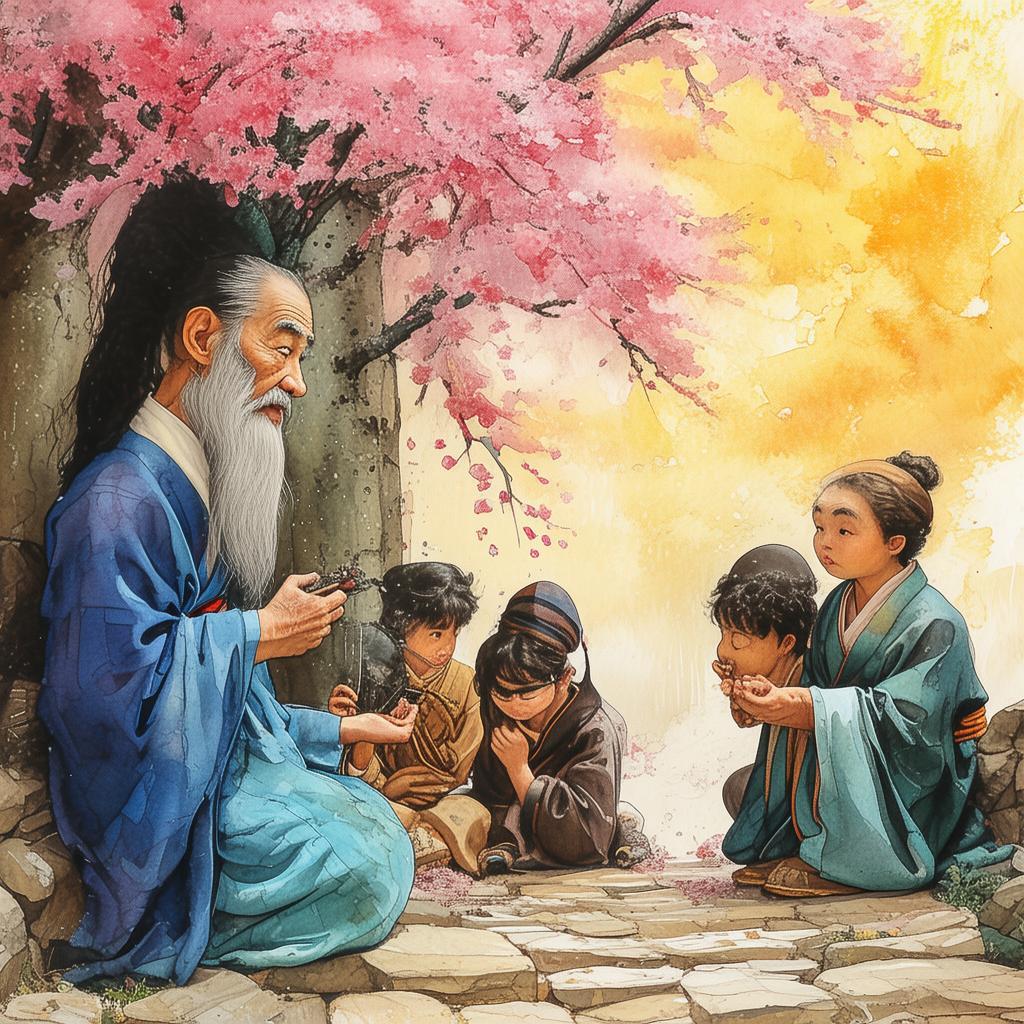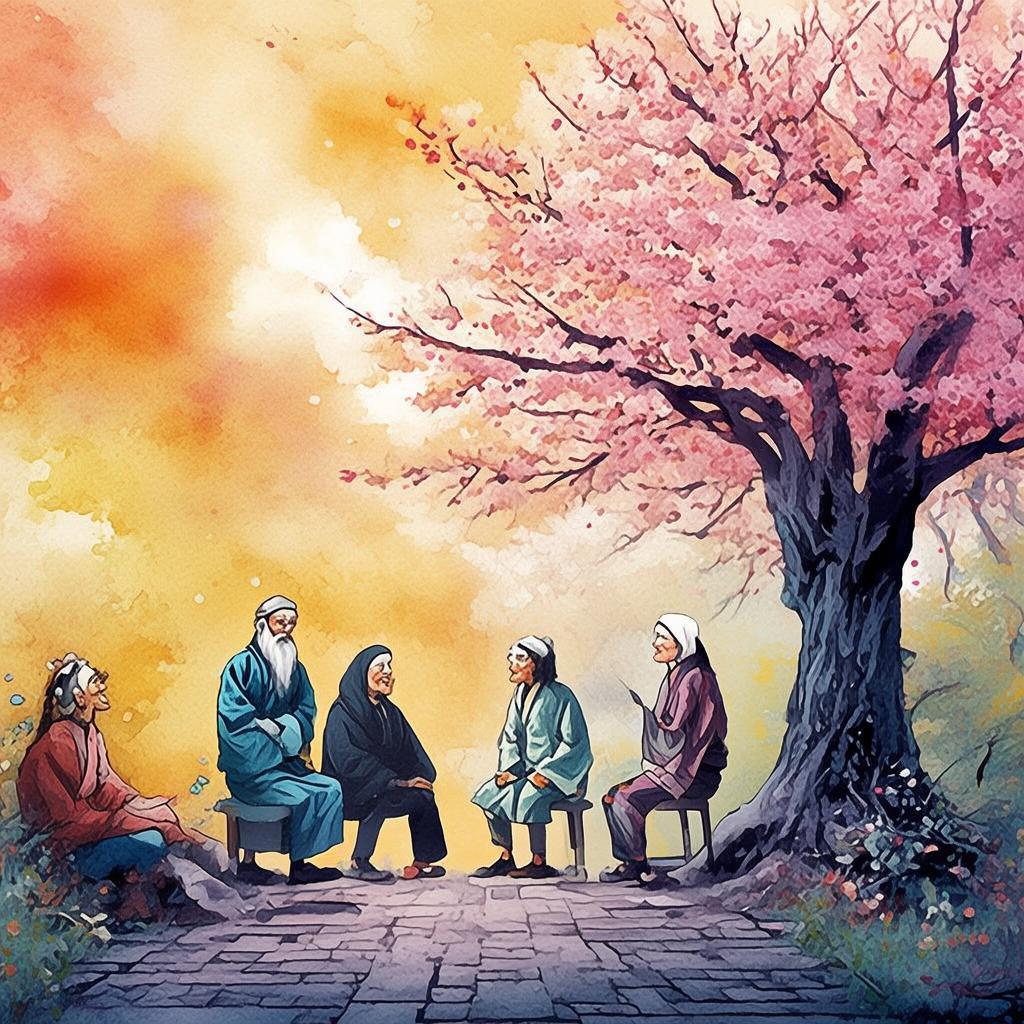The Heart of Innovation: A Tale of the World's Simplest Machine
In the heart of a bustling city, where the roar of industry and the hum of progress echoed through the streets, there lived a young inventor named Xiao. Xiao was not just any inventor; he was a dreamer with a relentless pursuit of simplicity. He had a vision, a vision that would challenge the very fabric of mechanical innovation and reshape the world.
Xiao's parents were engineers, but they believed in complexity and sophistication. Their home was filled with intricate gadgets and devices, each more complicated than the last. Yet Xiao found himself drawn to the simplest of things, the objects that seemed to work with such effortless grace. He was fascinated by the idea that a machine could be simple yet powerful, efficient yet elegant.
One day, Xiao discovered an old, worn-out book in his parents' attic. The book, titled "The Simplest Inventor," was a collection of stories about inventors who had changed the world with their simple yet revolutionary ideas. Each story was a testament to the power of simplicity and the beauty of invention. It was here that Xiao found his inspiration.
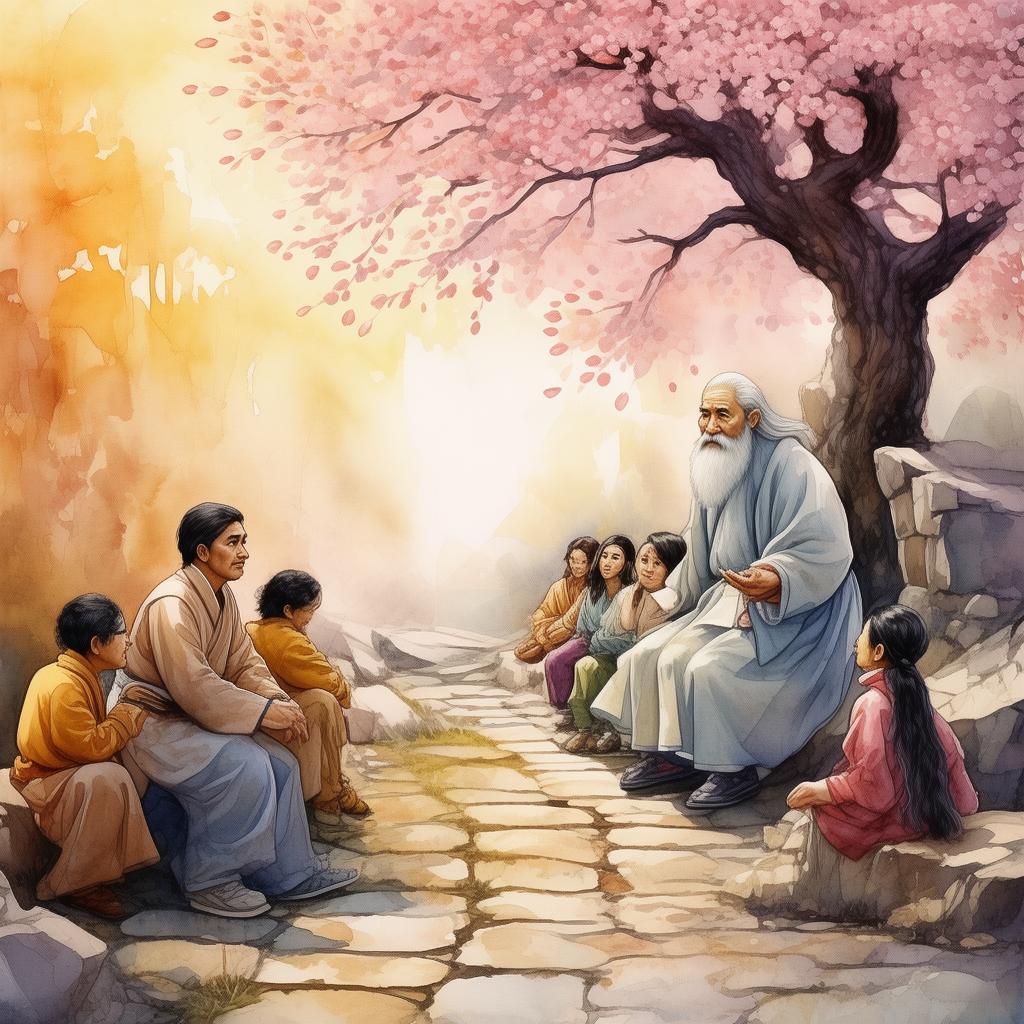
He decided to embark on a quest to create the world's simplest machine. His friends and family were skeptical. They couldn't understand why Xiao would want to create something so simple when the world was filled with complex machines that could do so much. But Xiao was determined. He believed that the key to innovation lay not in complexity, but in simplicity.
Xiao began by examining the machines around him, from the complex mechanisms of his parents' gadgets to the everyday objects that surrounded him. He studied how they worked, how they were designed, and how they could be made simpler. He spent countless hours in his makeshift workshop, tinkering and experimenting, constantly seeking ways to reduce complexity without sacrificing function.
As days turned into weeks, Xiao's machine began to take shape. It was a marvel of simplicity, consisting of only a few parts that moved with the grace of a well-oiled machine. It was a machine that could perform a single task with incredible efficiency, and it was so simple that even a child could understand how it worked.
Word of Xiao's invention spread quickly. People from all over the world flocked to see it, marveling at its simplicity and efficiency. Scientists and engineers debated its potential, questioning whether such a simple machine could truly be effective. Some dismissed it as a novelty, while others saw it as the beginning of a new era in mechanical innovation.
Xiao's invention became the talk of the town. It was featured in newspapers and magazines, and it even caught the attention of the president of the country. The president, intrigued by Xiao's vision, invited him to the White House to discuss his invention and its implications for the future.
During the meeting, Xiao explained that his invention was not just a machine; it was a symbol of the power of simplicity and the importance of focusing on the essential. He believed that by simplifying machines, we could make them more accessible, more efficient, and more sustainable.
The president was impressed by Xiao's insight and vision. He saw the potential of Xiao's invention to revolutionize not just the field of engineering, but also the way society thought about innovation. He decided to support Xiao's work and help him spread his message of simplicity and innovation to the world.
Xiao's invention sparked a global movement. Engineers and designers began to re-examine their work, seeking ways to simplify their designs and make them more efficient. Companies started to invest in simpler, more sustainable technologies. And as a result, the world began to change.
Xiao's simple machine became a symbol of hope and innovation. It reminded people that sometimes the simplest solutions are the most effective. It showed that by focusing on the essential and removing unnecessary complexity, we could create a better world.
Xiao's journey to create the world's simplest machine was not just a success for him; it was a success for all of humanity. It was a testament to the power of creativity, the beauty of simplicity, and the endless possibilities of innovation.
In the end, Xiao's machine was not just a simple machine; it was a symbol of the human spirit, a reminder that sometimes the most profound changes come from the most simple ideas. And in a world that was becoming increasingly complex, Xiao's simple machine brought simplicity back to the forefront, proving that sometimes, the simplest things can have the greatest impact.
✨ Original Statement ✨
All articles published on this website (including but not limited to text, images, videos, and other content) are original or authorized for reposting and are protected by relevant laws. Without the explicit written permission of this website, no individual or organization may copy, modify, repost, or use the content for commercial purposes.
If you need to quote or cooperate, please contact this site for authorization. We reserve the right to pursue legal responsibility for any unauthorized use.
Hereby declared.


